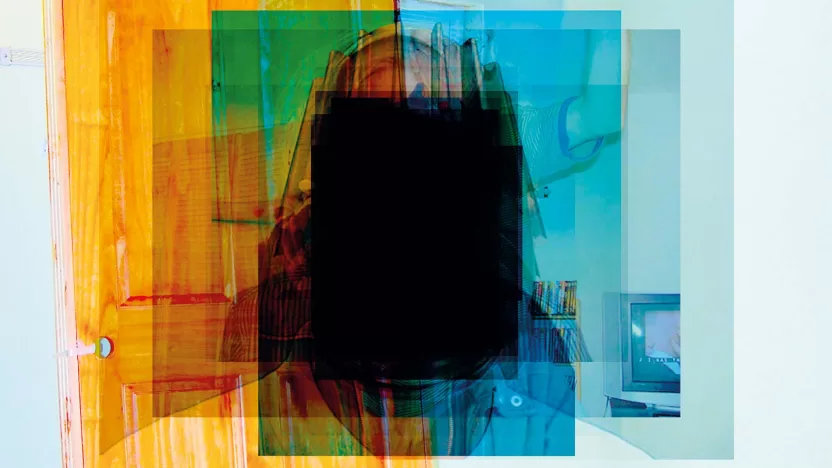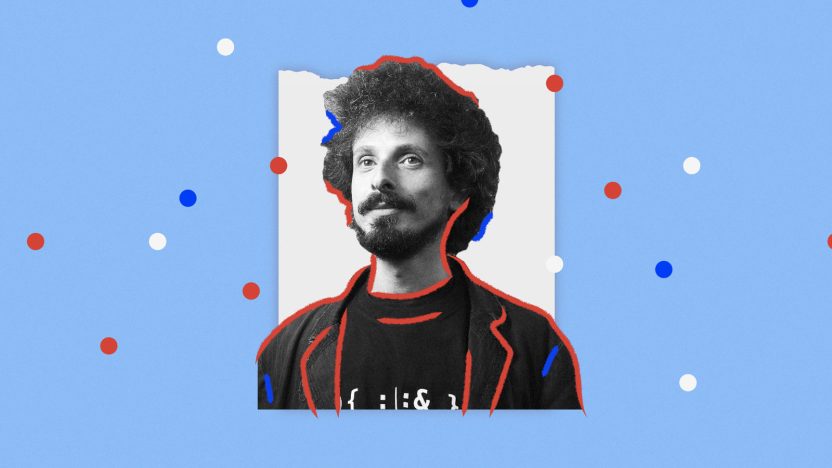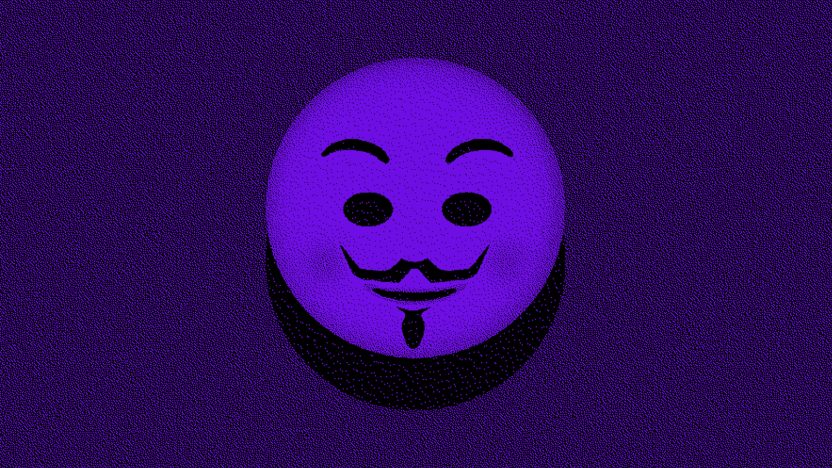What is Blockchain?
Blockchains are tamper-resistant means of keeping records, linked and secured through the use of cryptography.
by MAIZE

Civilisation as we know it is built on trust. Commerce, the way we trade and interact with each other, owes its entire existence for the human capacity to believe one another’s word. Trust is hard earned, poignant and fragile, but as the printing press closed the knowledge gap, the engine the power gap, and the internet geographical gap, blockchain is going to bridge the one gap many would never of even thought could be filled – the trust gap.
As a society, our most important transactions are entered into ledgers. When a house is built, it is recorded in this way, then when an extension is added, that information is recorded too. Over time more and more data is recorded and when one goes to purchase the property, untangling and retrieving this data is a long, drawn out affair. The other most crucial issue with this system? It can be modified at will.
Which is why we trust title companies and other intermediaries (middlemen) with these editable ledgers. Trust services in general, ranging from banking to notaries, will no doubt face problems related to price and volume and in many cases their very survival as cheaper and more secure and efficient networks arise to meet society’s needs. Blockchain technology is the securest of these networks and in being so challenges the status quo in a truly exceptional way. The rise of this technology likely marks the end of the need for third party trust organisations entirely.
Through the use of cryptography, blockchain provides an open, decentralised database of any transaction involving value, creating a record whose authenticity can be verified by the entire community. Money, music, patents, anything that holds value to anyone can capitalise on this new system.
So how does it work?
The current status quo only exists because of the current trust gap: we simply do not trust the ledgers that we have. The secret of the blockchain ledger, on the other hand, is that it has a unique and unhackable key attached to every recorded piece of information.
The next part of the process is that every record is written and stamped by the trusted party that wrote that record. When the next record is written, everything from the first record, including the key and the contents of the second record, generate a new key for the second record. And so it continues. We can see who wrote the record, and a recording system that is centred on co-dependency is created – chaining the records together.
Finally, blockchains usually exist in communities as participants of blockchain in particular industries often will operate along the same chain. There will be an healthcare, a real estate, financial services chain, and many more as this technology is more widely adopted. This allows each participant to have a copy of information so they can write to the ledger with one other. It helps with sharing and transactions, but most importantly it makes the entire process immutable. If someone interferes with one of the blockchains, an algorithm can identify the anomaly and thanks to the shared community, can replace it with a verified, carbon copy of the correct ledger. Over time, new blocks of transactions are written and stack up and, eventually, collections of trusted, verified information and agreements culminate into a distributed, immutable, ledger.
What is blockchain? It is a decentralised ledger system that will change how human interaction works. In the words of World Wide Web Hall of Fame inductee Marc Andreessen, “The consequences of this breakthrough are hard to overstate”.



 in Italy
in Italy